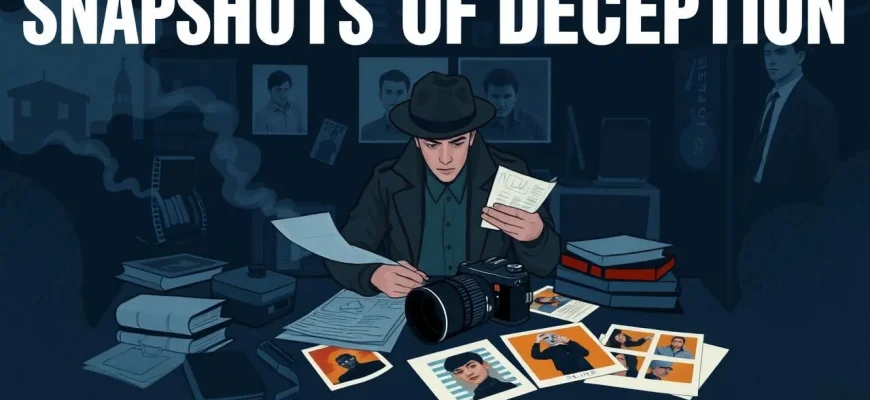Photography has long been a tool for capturing moments, but in detective films, it often becomes the key to unraveling mysteries. This curated list of 10 films showcases how the art of photography intertwines with the art of deduction, offering viewers a unique blend of visual storytelling and detective work. From classic noir to modern thrillers, these films highlight the significance of a photograph in solving crimes, making them a fascinating watch for anyone intrigued by the intersection of art and investigation.
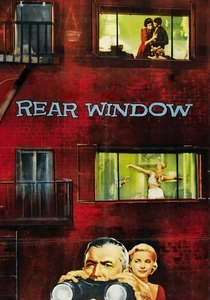
Rear Window (1954)
Description: A photographer, confined to his apartment with a broken leg, becomes a voyeur and suspects a neighbor of murder, using his camera to gather evidence.
Fact: Alfred Hitchcock's film was inspired by Cornell Woolrich's short story "It Had to Be Murder," and it's considered one of the greatest films of all time.
 Watch Now
Watch Now 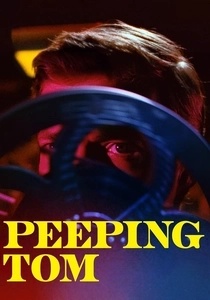
Peeping Tom (1960)
Description: A film technician uses a camera with a hidden blade to murder women, filming their final moments. The film delves into voyeurism and the ethics of photography.
Fact: The film was highly controversial upon release, leading to the decline of director Michael Powell's career, but it has since been reevaluated as a masterpiece of psychological horror.
 Watch Now
Watch Now 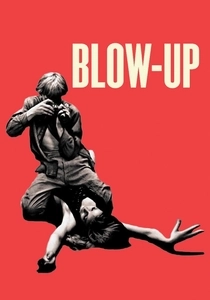
Blow-Up (1966)
Description: A London fashion photographer inadvertently captures a murder on film, leading him on a quest to uncover the truth behind the image. This film explores the ambiguity of photography and its role in perception.
Fact: The film was inspired by a short story by Julio Cortázar titled "Las babas del diablo" ("The Devil's Drool"). It was also the first English-language film by Italian director Michelangelo Antonioni.
 Watch Now
Watch Now 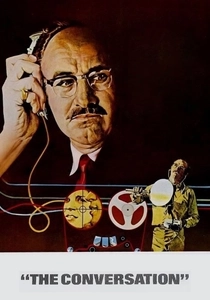
The Conversation (1974)
Description: A paranoid surveillance expert records a conversation that might involve a murder plot, using photography to capture moments that could be evidence.
Fact: Directed by Francis Ford Coppola, this film was inspired by Michelangelo Antonioni's "Blow-Up" and explores themes of privacy and surveillance.
 Watch Now
Watch Now 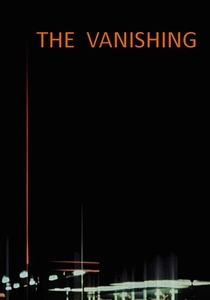
The Vanishing (1988)
Description: A man searches for his missing girlfriend, using photographs to trace her last known movements, leading to a chilling revelation.
Fact: The film was remade in Hollywood in 1993, but the original Dutch version is often considered superior for its psychological depth.
 Watch Now
Watch Now 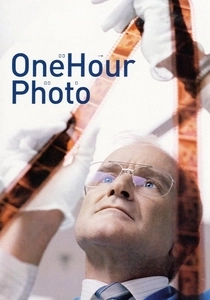
One Hour Photo (2002)
Description: A photo technician becomes obsessed with a family whose photos he develops, leading to a dark exploration of privacy and the impact of photography on personal lives.
Fact: Robin Williams' performance in this film was critically acclaimed for its departure from his usual comedic roles.
 Watch Now
Watch Now 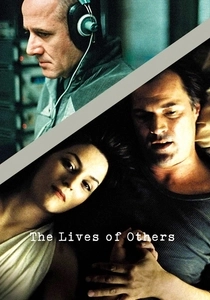
The Lives of Others (2006)
Description: In East Germany, a Stasi officer listens to and photographs the lives of citizens, but his surveillance of a playwright leads to unexpected empathy and change.
Fact: The film won the Academy Award for Best Foreign Language Film and was praised for its portrayal of surveillance and the power of art.
 Watch Now
Watch Now 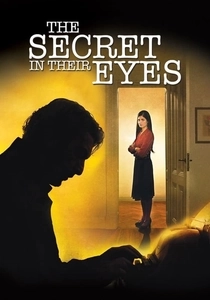
The Secret in Their Eyes (2009)
Description: A retired legal counselor writes a novel based on an unsolved rape and murder case from his past, where a photograph plays a pivotal role in identifying the killer.
Fact: This Argentine film won the Academy Award for Best Foreign Language Film in 2010, and its plot revolves around the power of a single photograph to change the course of justice.
 Watch Now
Watch Now 
The Girl with the Dragon Tattoo (2011)
Description: A journalist and a hacker investigate a decades-old disappearance, using old photographs as clues to unravel the mystery. Photography here serves as both evidence and a narrative device.
Fact: The film is based on the first book in Stieg Larsson's Millennium series, and the original Swedish version was released in
 Watch Now
Watch Now 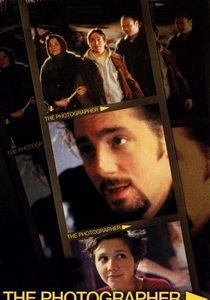
The Photographer (2000)
Description: A photographer becomes entangled in a murder investigation when one of his photographs inadvertently captures a crime scene, leading him to solve the mystery.
Fact: This film, though lesser-known, showcases the power of a single photograph to change the course of events in a detective narrative.
 30 Days Free
30 Days Free 
